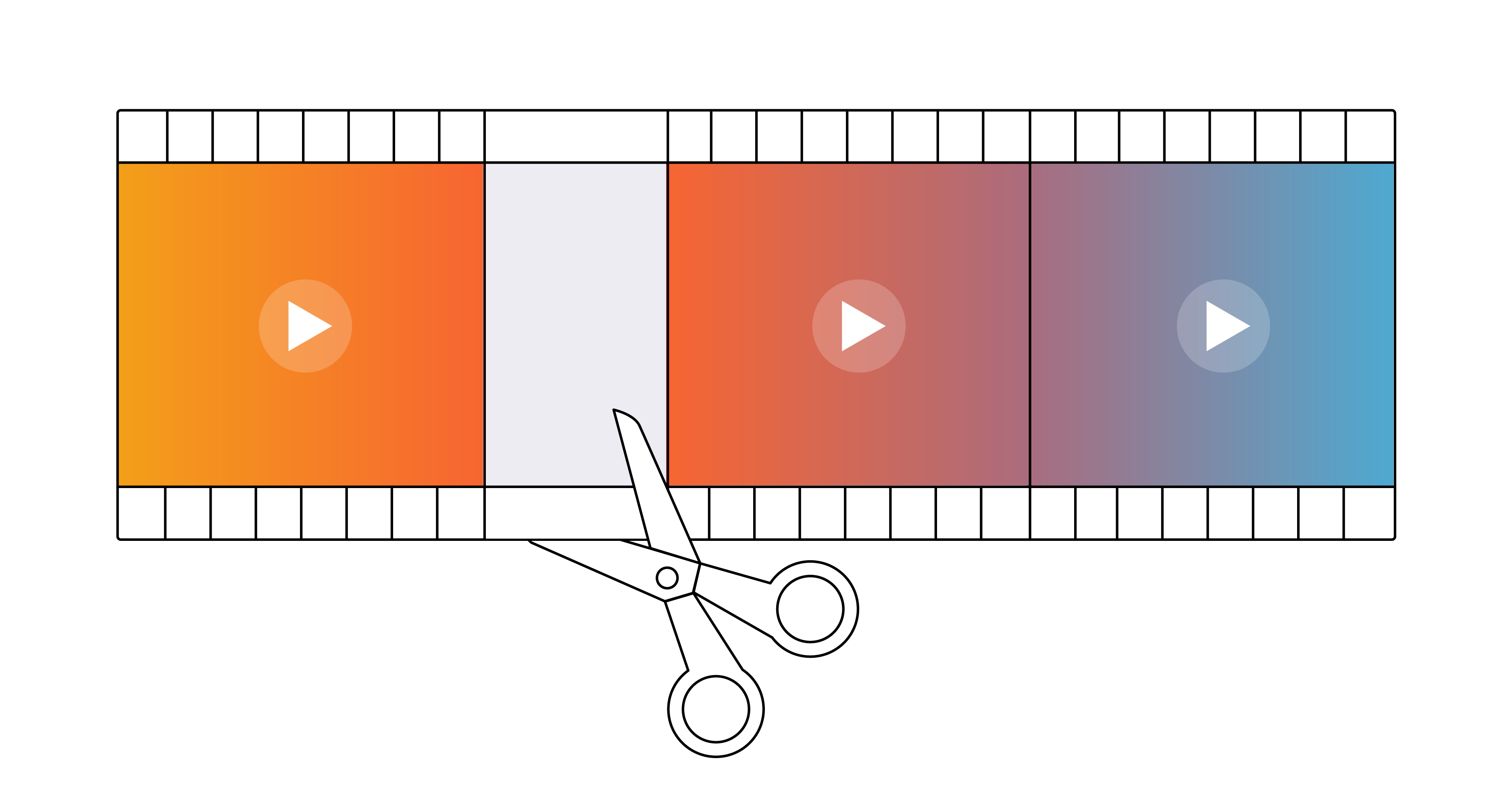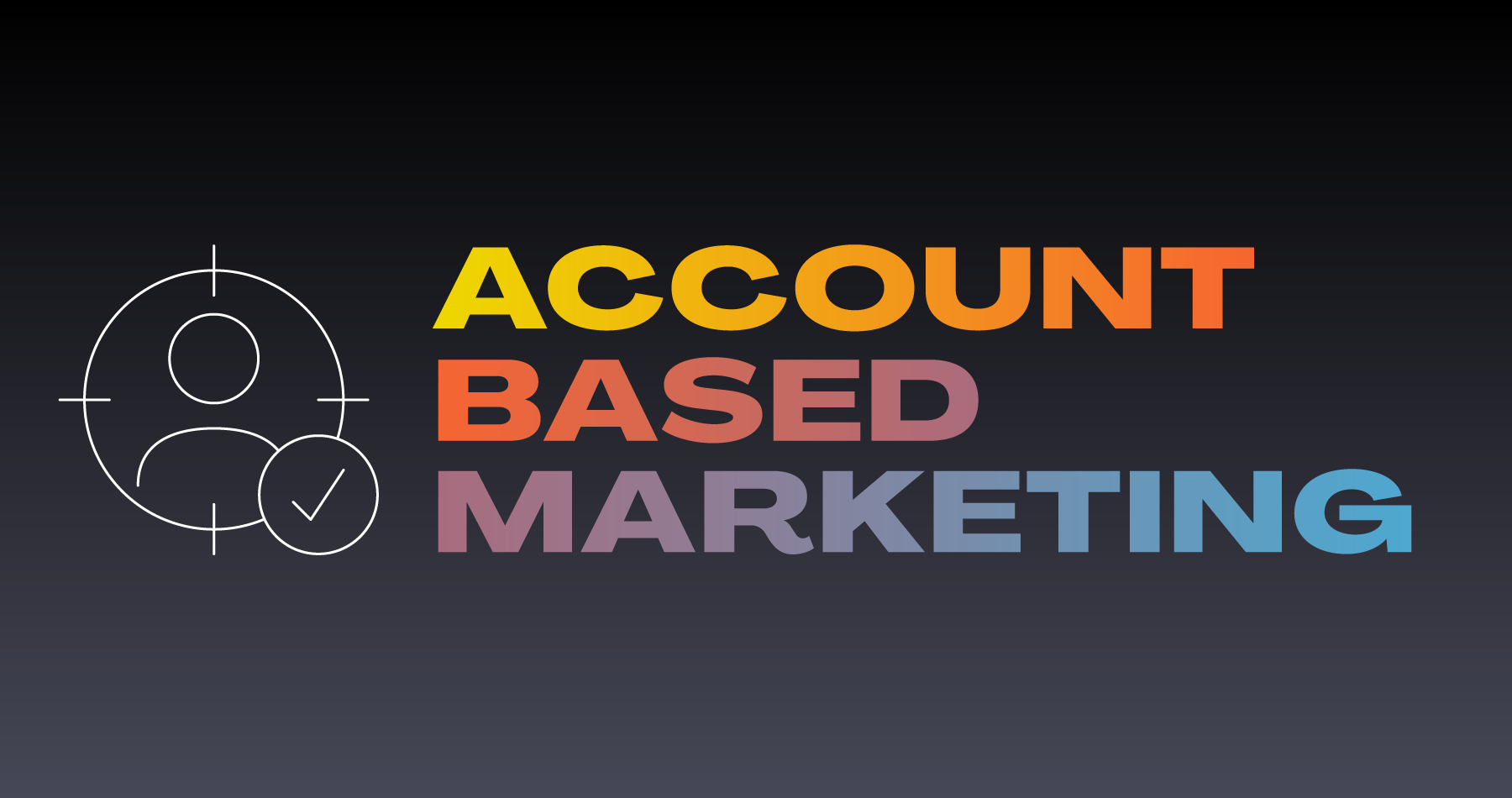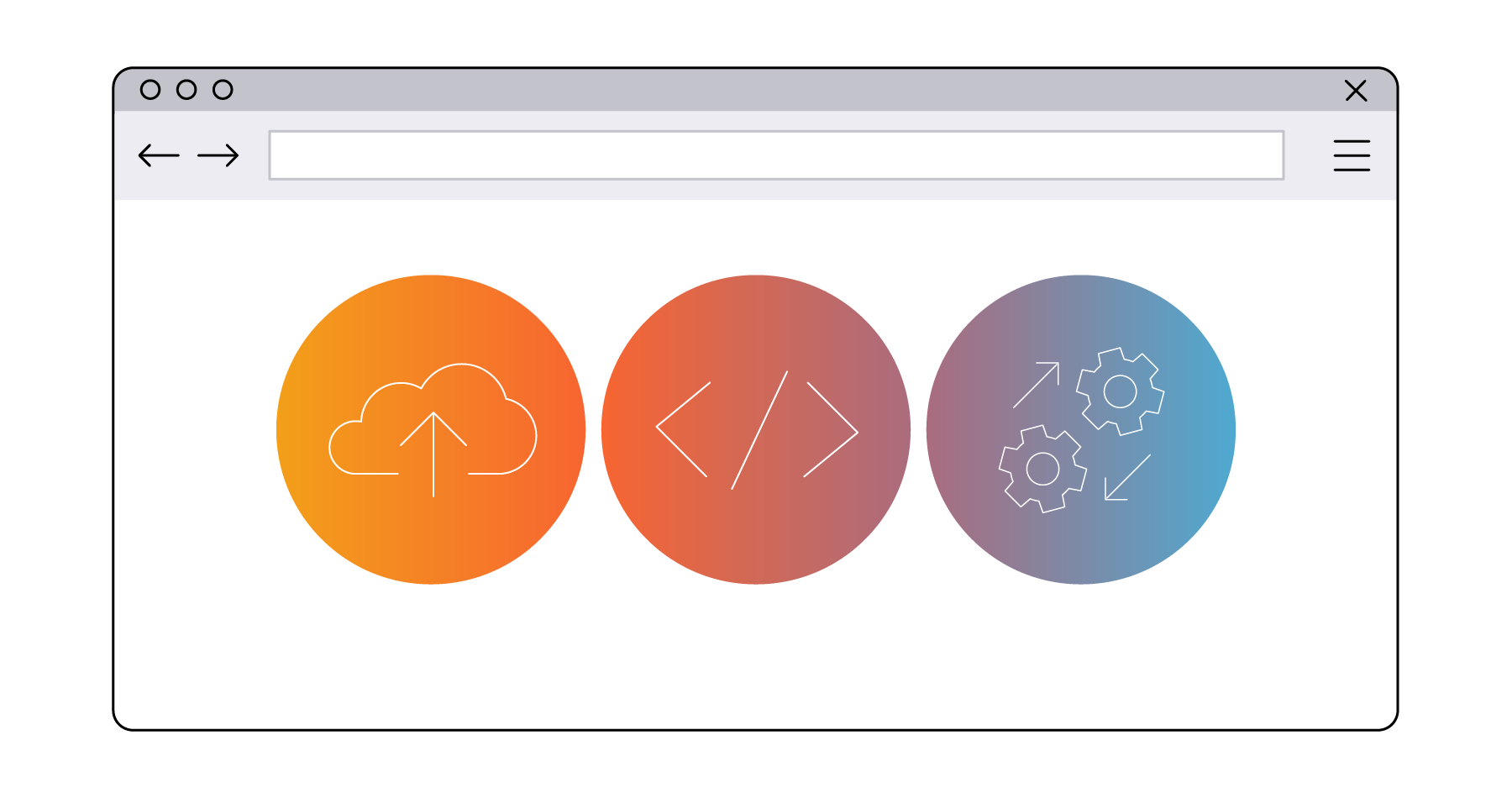Using Video at Every Stage of the Customer Journey
Marketing
Like any marketing tool, video is a medium that can and should be applied at each stage of the customer journey to achieve the optimal outcome. In this blog, we’ll walk you through the right way to leverage video’s ability to create attention, strengthen connections, and secure conversions throughout every step in the audience life cycle.
Step 1: All about awareness
The best way to start the customer journey is with a story. Ask yourself what your audience wants to achieve. What outcomes are they pursuing and what does success mean to them? From there, how can your business or product help guide them to that successful outcome? Aim for videos that are less than 30 seconds, contain thought leadership or inspirational content that helps them picture themselves achieving their goals, and are easily shareable across social channels.
Metrics to measure: Look for the link between views and conversions. Your most-watched video may not create the highest level of engagement. Getting eyes on the prize is important but don’t let that be your sole determining factor for what’s working in achieving your goals for the video.
Step 2: Enabling evaluation
By this point your customer will know what the problem is they want to solve and that you likely have a solution to help them get to the desired outcome. Videos need to demonstrate how your product turns customers into heroes that conquer problems and achieve their goals. Demos and ‘how-to’ videos that show your solution in action work best at this stage. Value-add is king here - differentiate your offering and make sure you provide the customer with actionable next steps on how to achieve success via your solution or the content you provide. Aim for 30 to 90 seconds long.
Metrics to measure: Percentage of video viewed. The more time your viewers spend watching, the higher the value you’re adding.
Step 3: Creating conversions
You’re nearly there – it’s time to help them confidently choose you as the partner to help them achieve success! Business buyers are more likely to purchase if they’ve received or seen a recommendation – the videos to use here are customer testimonials or case studies where the customer can picture themselves in the shoes of those happy customers, and validate that you’ve solved their specific or closely-related problem before. A compelling video testimonial or case study will ideally be matched to the prospect’s challenge or organizational profile. It should be around 60 – 120 seconds long and demonstrate a clear path of how your product or solution takes customers from a position of challenge to a place of success.
Metrics to measure: Conversions. Don’t worry if they’re not immediate – engagement with videos can be used to inform lead scoring and to kick off automated nurture sequences that allow you to continue the conversation with people who are invested in learning about your solution.
Step 4: Activating adoption and retention
We all know the job isn’t done once a sale is made. In fact, it’s precisely the time to double-down on making sure you’re giving customers great value via video. Use video to onboard new customers, announce enhancements, share product roadmaps, and deliver exclusive customer messaging. ‘How-to’ videos at this stage bring the product to life and ensure customers are getting the most out of their investment.
Metrics to measure: Viewing and engagement – interactions with this content prove you’re developing a relationship beyond the initial purchase and continuing to deliver value to your customers.
Want to learn more? Read our guide on 7 Ways to Drive More Revenue with B2B Video Marketing.


